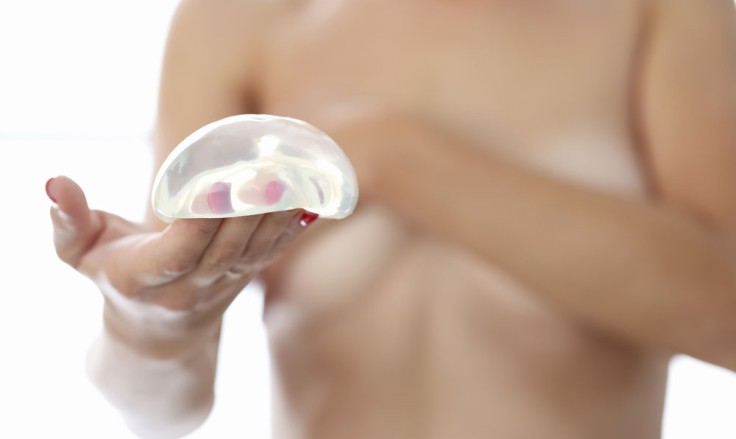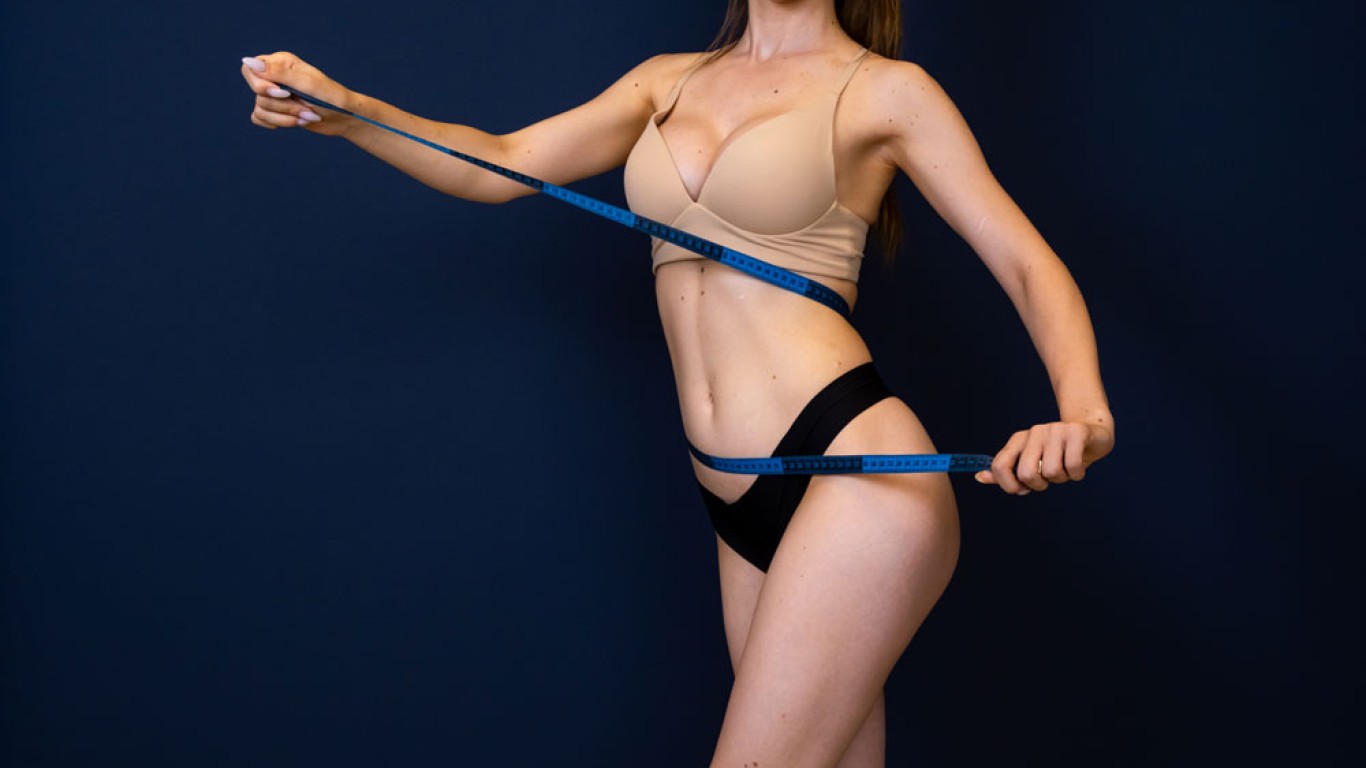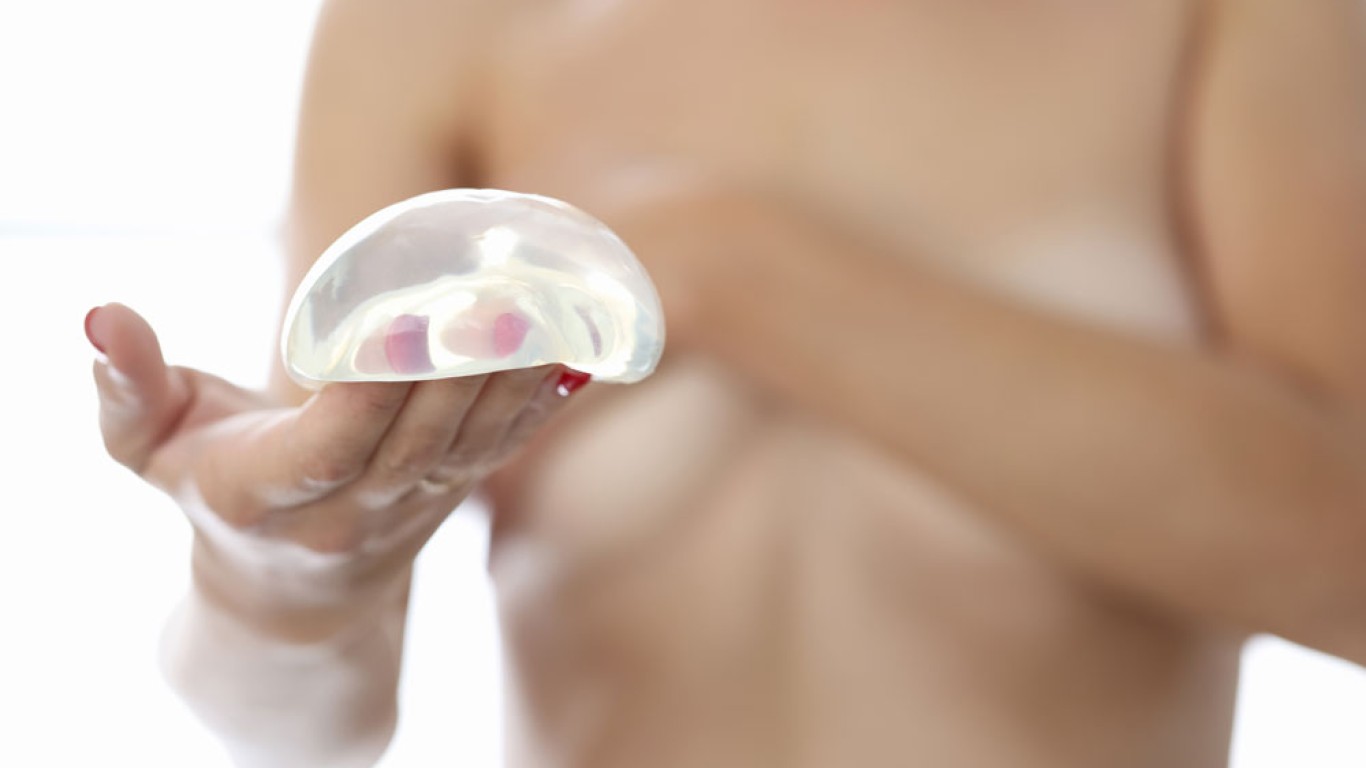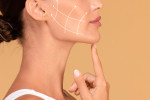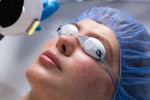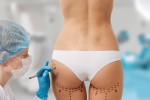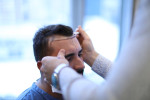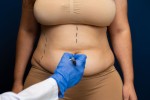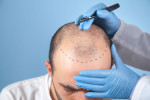Introduction
Mastopexy, is more commonly known as a breast lift. It is a cosmetic procedure designed to enhance breast shape and position. It addresses sagging caused by aging, weight changes, pregnancy, or breastfeeding. By removing excess skin and reshaping tissue, mastopexy creates a firmer, more youthful appearance. This guide covers the procedure, benefits, recovery and other essential details.
What is Mastopexy?
Mastopexy is a surgical procedure that lifts and reshapes the breasts for improved appearance.
- Purpose: Restores breast firmness and corrects sagging.
- Techniques: Various methods exist, including crescent, vertical, and anchor mastopexy, tailored to individual needs.
- Candidates: Ideal for women experiencing breast sagging due to aging, weight loss or pregnancy.
Mastopexy enhances confidence and provides a rejuvenated look.
Benefits of Mastopexy
This procedure offers several aesthetic and functional benefits.
- Improved Shape: Reshapes sagging breasts for a more youthful appearance.
- Nipple Repositioning: Corrects downward-pointing nipples by placing them higher on the chest.
- Symmetry: Balances uneven breasts to create harmony in size and shape.
- Clothing Fit: Improves how clothes and bras fit, enhancing comfort and style.
The results of mastopexy are long-lasting and transformative.
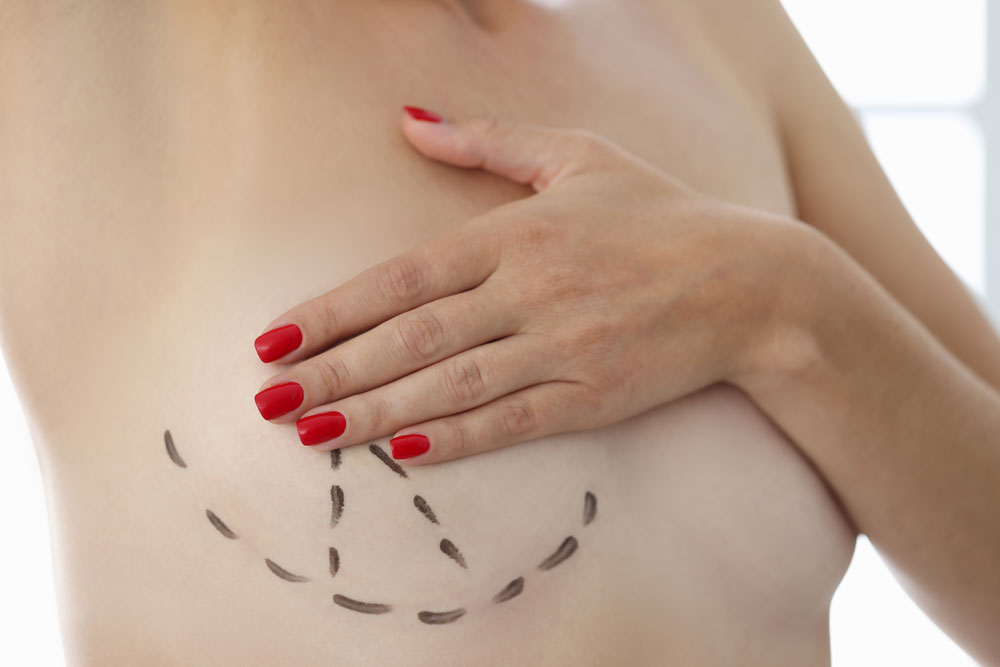
How is Mastopexy Performed?
The procedure involves several key steps tailored to the patient’s goals.
- Anaesthesia: General anesthesia is used to ensure comfort during the surgery.
- Incision: Surgeons make incisions based on the chosen technique and amount of correction needed.
- Reshaping: Excess skin is removed, and breast tissue is reshaped to create a firmer contour.
- Nipple Positioning: The nipples are repositioned to align with the new breast shape.
- Closure: Incisions are closed with sutures, and dressings are applied to protect the area.
The surgery typically lasts 2-3 hours, depending on complexity.
Recovery and Aftercare
Proper recovery is essential for achieving the best results from mastopexy.
- Initial Healing: Swelling and soreness are common during the first week but subside gradually.
- Supportive Garments: Wearing a post-surgical bra minimises swelling and supports the breasts during healing.
- Activity Restrictions: Avoid heavy lifting and strenuous activities for at least 3-4 weeks.
- Follow-Up Visits: Regular appointments with your surgeon ensure proper healing and monitor progress.
Most patients return to normal activities within a few weeks, with final results visible in months.
Who is a Good Candidate for Mastopexy?
Not everyone is an ideal candidate for this procedure.
- Breast Sagging: Women experiencing significant sagging due to weight changes, pregnancy or aging are good candidates.
- Non-Smokers: Smoking impairs healing, so non-smokers are preferred.
- Stable Weight: A stable weight ensures longer-lasting results.
- Realistic Expectations: Candidates should have a clear understanding of the procedure’s benefits and limitations.
Consult a qualified surgeon to determine if mastopexy suits your needs.
Conclusion
Mastopexy is a highly effective procedure for restoring breast shape and position, providing a firmer, more youthful look. It offers significant physical and emotional benefits, improving confidence and quality of life. If you’re considering this procedure, consult a board-certified plastic surgeon to discuss your goals, expectations, and candidacy. With proper planning and care, mastopexy can deliver life-changing results.
For more information or to book a consultation visit the ACIBADEM Beauty Center website.
Frequently Asked Questions
Mastopexy is a surgical breast lift that reshapes and repositions sagging breasts.
Results are long-lasting but depend on factors like aging, pregnancy and weight fluctuations.
Yes, many patients combine mastopexy with implants to enhance size and shape simultaneously.
Recovery typically takes 3-4 weeks, with most activities resuming after two weeks.
Scarring is minimal and fades over time, especially with proper care and advanced techniques.
